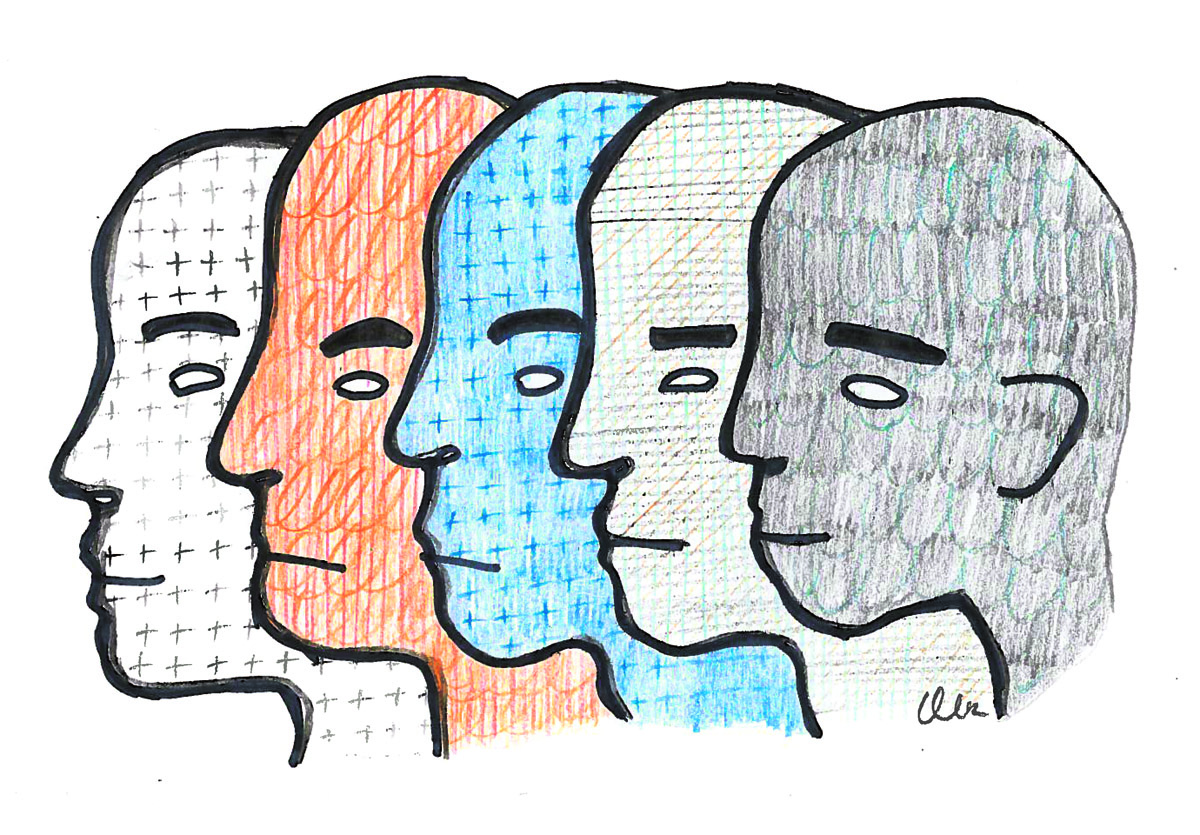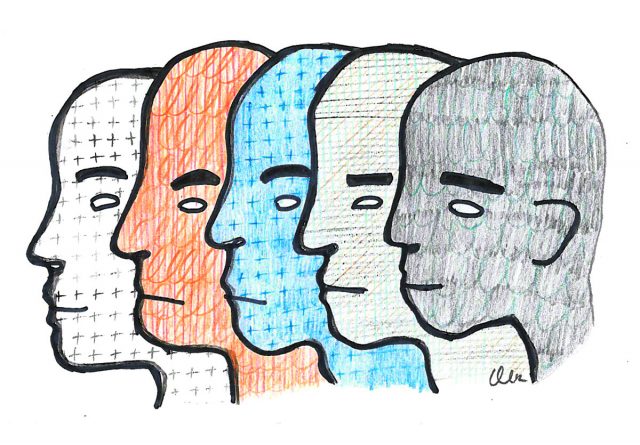Quebec, and especially Montreal, like the rest of Canada, likes to consider itself an accepting and open society, both on multicultural and secular grounds. Of course, this means that when issues pertaining to race and acceptance do arise, they’re usually treated very seriously: as reported by the National Post and the Canadian Civil Liberties Association, the Service de police de la Ville de Montréal (SPVM) vowed in 2012 to end racial profiling by their officers and launched an investigation into including the topic as a module in CEGEP police technology curricula.
However, the 2006 case of a Quebec middle school student, who was later identified as being of African origin, being handcuffed and escorted out of school in front of his teachers and peers for no apparent reason, twice in one week, seemed to catch less attention than may be expected. This was odd, especially considering that it was the first investigation into racial profiling that the Quebec Human Rights Commission ever conducted in relation to a school. Last November, the Montreal Gazette covered the out-of-court settlement between the student’s family – represented by the Quebec Human Rights Commission – and Montreal’s largest school board, the Commission Scolaire de Montréal. Surprisingly low levels of outrage and counter-action were reached in the province and among school officials.
Why, then, was the eighth-grader in question arrested, handcuffed, and driven off in a police car, in front of his peers and teachers? Simply because he was in the same hallway as two police officers who were in the area in regards to an unrelated incident. Nevertheless, when the principal saw them, she insisted, strongly enough to sway the initially uncooperative police officers, that the young man be arrested. Later that week, disregarding the previous incident, the student went to the principal to complain that he had been attacked by grade 11 students; however, when one of the alleged aggressors, who was Caucasian, told the principal that the eighth-grader was in fact the source of the trouble, she opted once again to call the police and have him arrested and escorted off the premises in handcuffs, leading him to spend a night in a centre for juvenile offenders. Eventually, the young man was forced to change schools.
Even after Commision des droits de la personne et de la jeunesse published an extensive report in 2011 on the state of racial profiling in Quebec and in Quebec educational centers, school boards were not interested in the matter and “felt there were no problems.” This came after various instances of profiling within the school system were exposed, and no changes were made. Simultaneously, the Rights Commission is struggling under the sheer volume of the influx of complaints related to racial profiling in the school sector in Quebec, which more than doubled in the past five years, with 1,047 complaints filed in 2011 alone.
If one good thing came out of this deplorable incident is that the attention of Montreal school administrations has been captured, though not nearly enough. According to Gétan Cousineau, the president of the Commision des droits de la personne et de la jeunesse, this investigation has put necessary pressure on the school board to recognize that there is indeed a problem where the school boards have previously claimed there was none to be found. The Commission Scolaire de Montréal is under scrutiny by the Rights Commission to make necessary changes in its treatment of students who are visible minorities, and is now serving as an example to other school boards that the Rights Commission has the ability and jurisdiction to investigate.
Middle and high school students are often pegged as being inherently intolerant due to their age group, while the same behaviour does not translate to the higher education environment. However, it is not at all the case that incidents such as that outlined above are rare in higher education, despite lack of media coverage, or statistics available from academic sources. According to the aforementioned 2011 report of the consultation on racial profiling and its consequences, black students from a Montreal CEGEP reported that they were targeted for unjustified indentification checks at a school dance, and that the security personnel exclusively checked the indentifications of young black students on the grounds that they suspected there might be a drug dealer in the school.
In another case, in Ville Saint Laurent, a borough of Montreal, a 16-year-old black youth left school to wait for the bus. A fight broke out near him, and the police car passing by immediately handcuffed the student and took him to the school principal. Days later, the student jaywalked near his school, and was ticketed by the same police officer.
There have also been cases of “welcoming classes,” classes put in place for new students from outside of Canada for the express, and well-intentioned purpose of helping to ease their transition and improve their French. These often make teens sit through children’s shows, an experience that can be both infantilizing and humiliating. The same report published by the Commission states that many students from these classes have complained that their teachers have been unwilling to invest efforts in their education since there is “no point,” and that they were considered unlikely to succeed in life.
The report states the obvious: students who are profiled often drop out of school, either because they feel ostracized or discouraged, or because of the self-fulfilling nature of prejudice and labelling; time spent in centres for young offenders, or on the fringes of social inclusion, lead to exposure to crime. What’s more, those who drop out, upon reaching adulthood, whatever their origin, are at a greater risk of poverty and socio-economic exclusion.
The people who were interviewed for the report were between the ages of 16 to 25, meaning that the students were close to completing high school, or in higher education institutions like CEGEPs and universities.
At McGill, a school where many faculty members themselves come from outside of Canada – something that the study recommended all schools attempt to implement (hiring professors of different ethnic backgrounds) in order to curb the racial profiling of students – cases of racial profiling seem to be nonexistent. Yet, in a province in which approximately 9 per cent of the population are immigrants, and in which 64 per cent of immigrants are of a visible minority, in a province where over a thousand racial profiling complaints are filed in just one year, we can safely say that this phenomenon of racism manifested through racial profiling, might not always be visible, and so it is up to us to stay vigilant.
There are processes, like equity complaints that people can excercise in relation to these types of incidents. Students who feel singled-out should not be afraid to come forward and excercise their rights as contributing members of our community.


